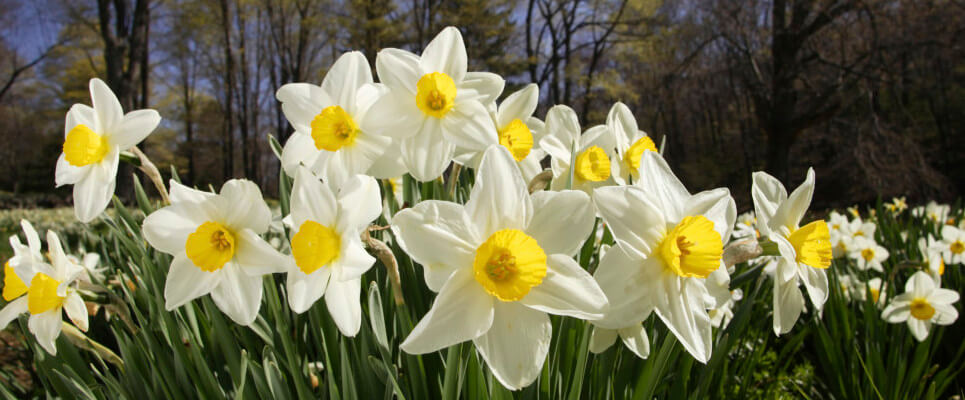With daylight hours just starting to lengthen but with snow still on the ground in many areas, we are all waiting for the arrival of spring. For those of you who planted blubs last fall, your reward will soon be here.
Most varieties of crocus begin to pop up and bloom at the end of February or the beginning of March, depending on the severity of the winter. And thank goodness, as their burst of color is a breath of fresh spring air to our drab brown landscape. These first crocuses are followed by daffodils, tulips, and hyacinth and then lilies just in time for Easter.
While you are enjoying the beauty of your labor, it’s a perfect time to review your landscape for adding more spring color or better utilizing the different blooming times of spring bulbs. It’s also a time to consider the less commonly known fact that most bulbs only do well the first year of bloom and in order to be successful in following years, do require some care. Specific after-bloom care is important as well as some care of your bulb beds.
After bloom, seed pods should be removed to avoid decreases in bloom size next year. The leaves on the other hand should remain long after blooms have past to allow nutrients back into the soil. In this case, my general rule of thumb is to allow them to stand until they begin to yellow which generally occurs anytime from late May through July.
You may also want to consider splitting your bulbs for redistribution in your garden beds or simply to contain them from spreading too much and taking over, as is a common problem with lilies. Simply work around the edge of the area, or if you working with a larger mass of bulbs, it may be easier to dig up the whole crop and separate above ground. Thanks to their hardy nature, most any method is acceptable but please replant as soon as possible! Allowing the bulbs to dry out will decrease blooming productivity and may render them unviable. Adding fertilizer to your soil is a great way to replenish nutrients and the effects will also be seen later in your other garden plants.
Spring bulbs are a well-deserved reward for getting through a long New England winter and beautiful proof that spring is finally here.


